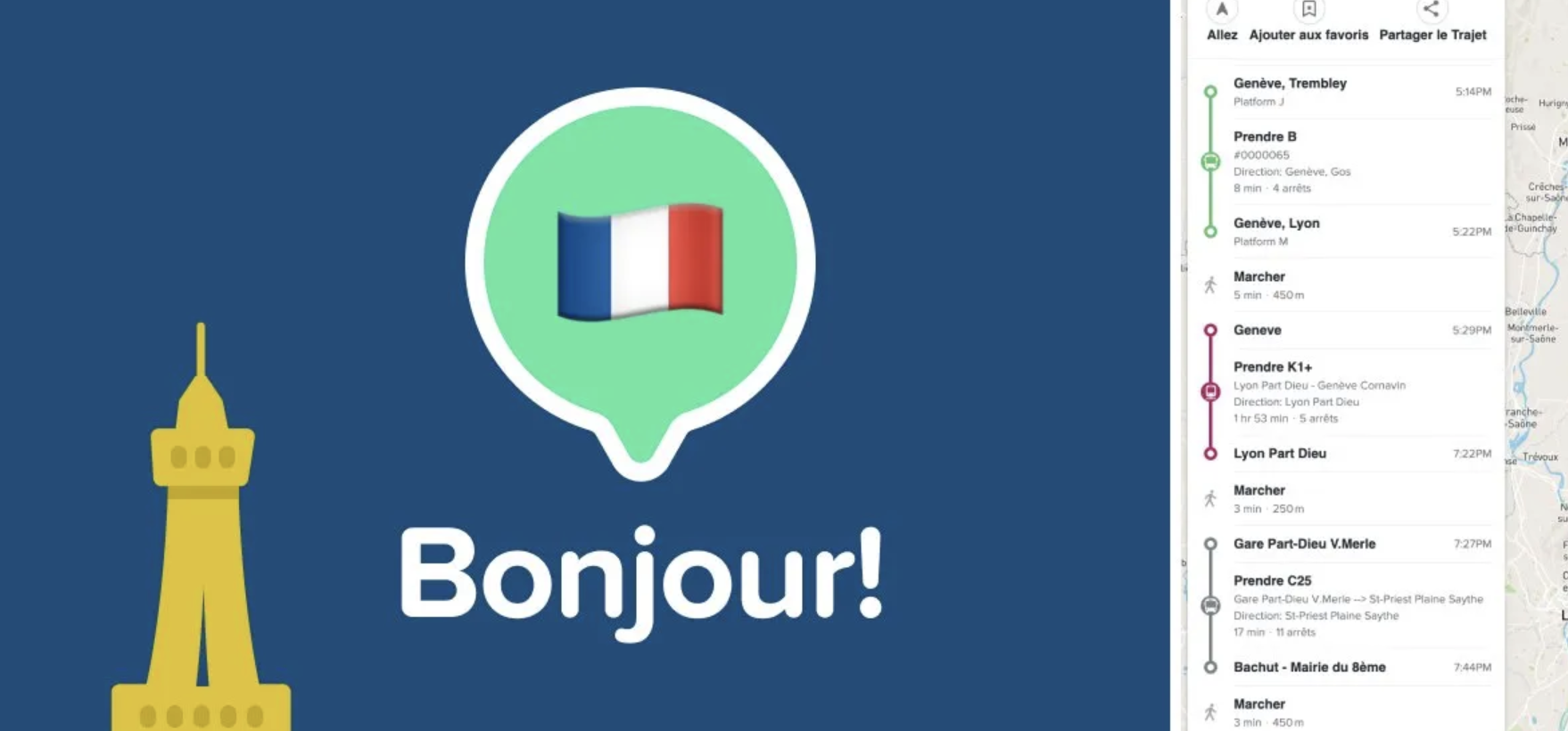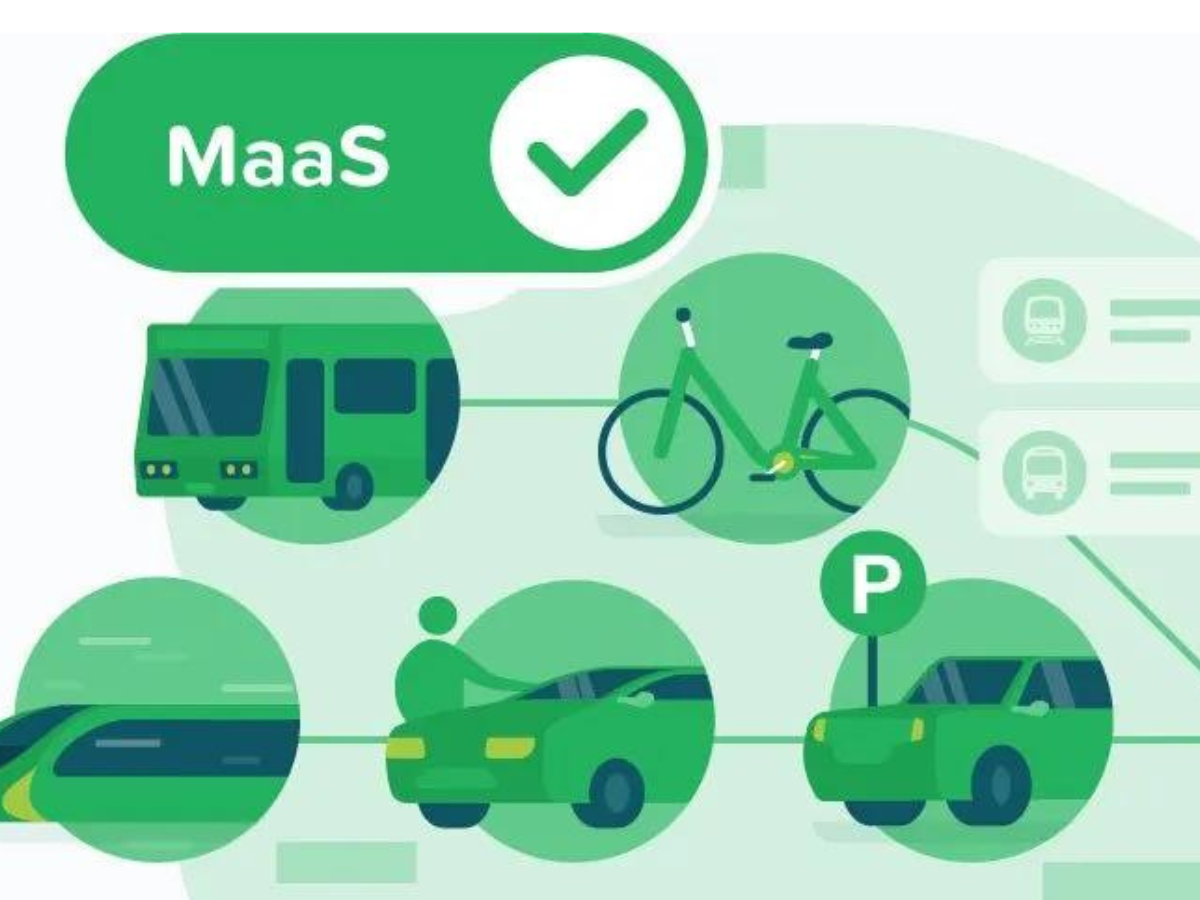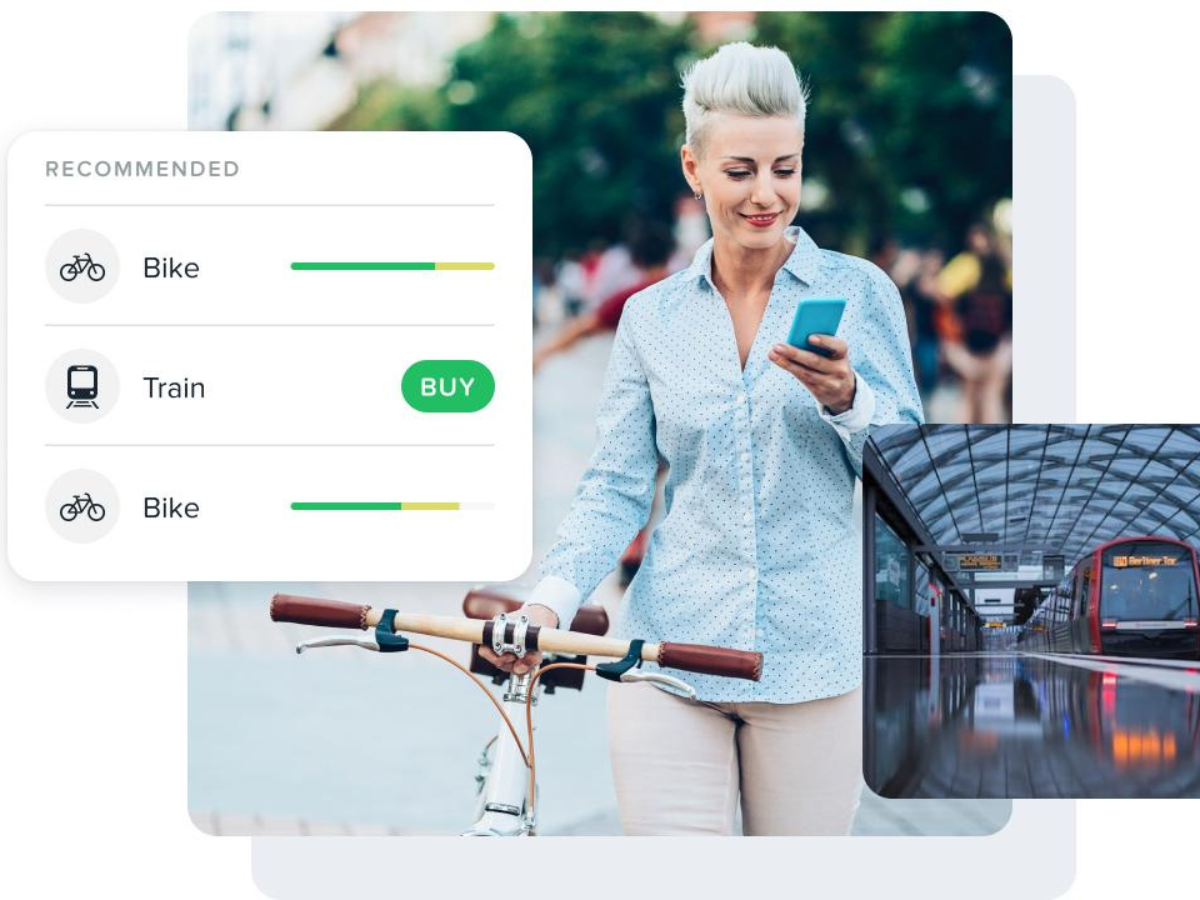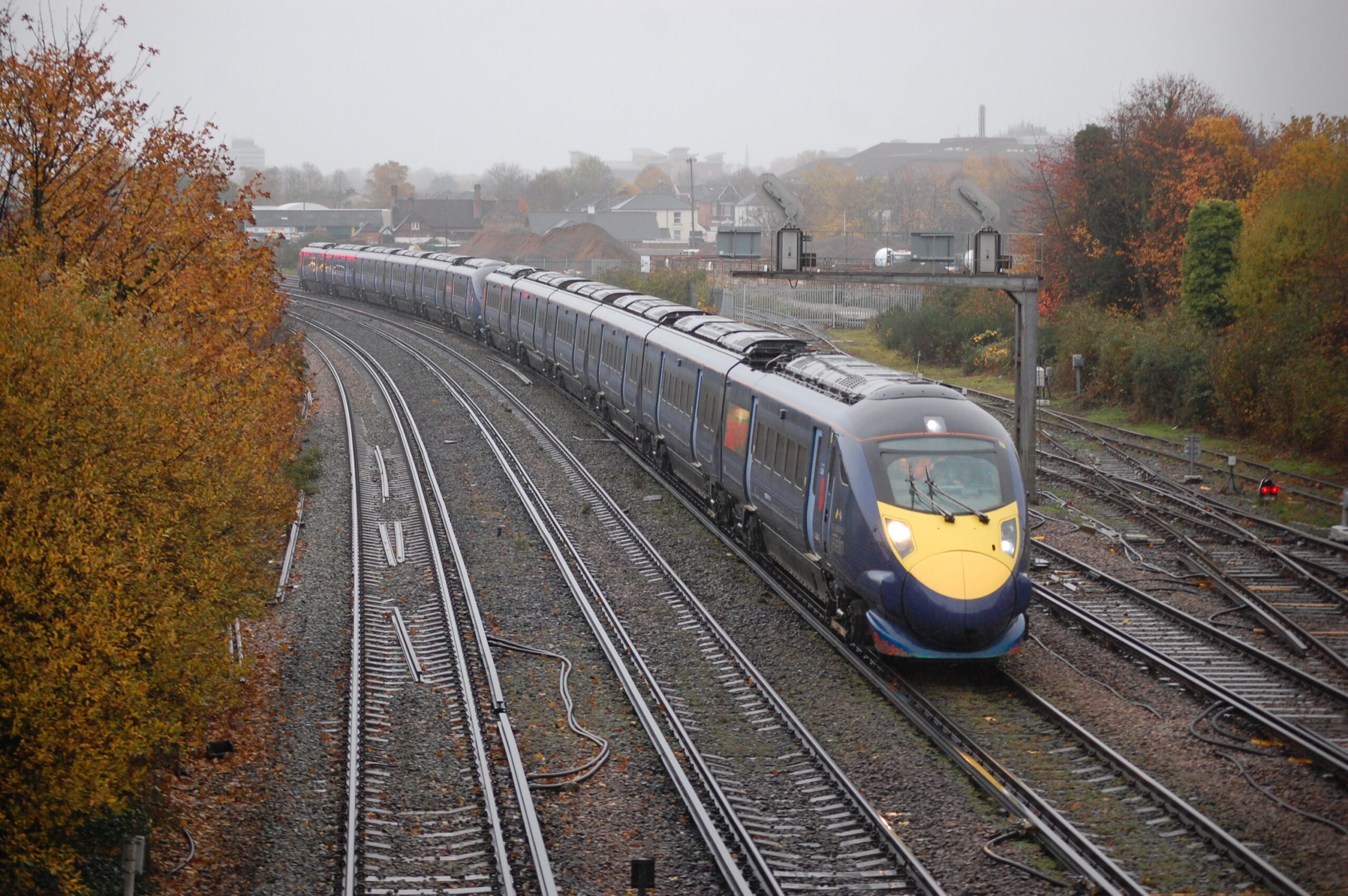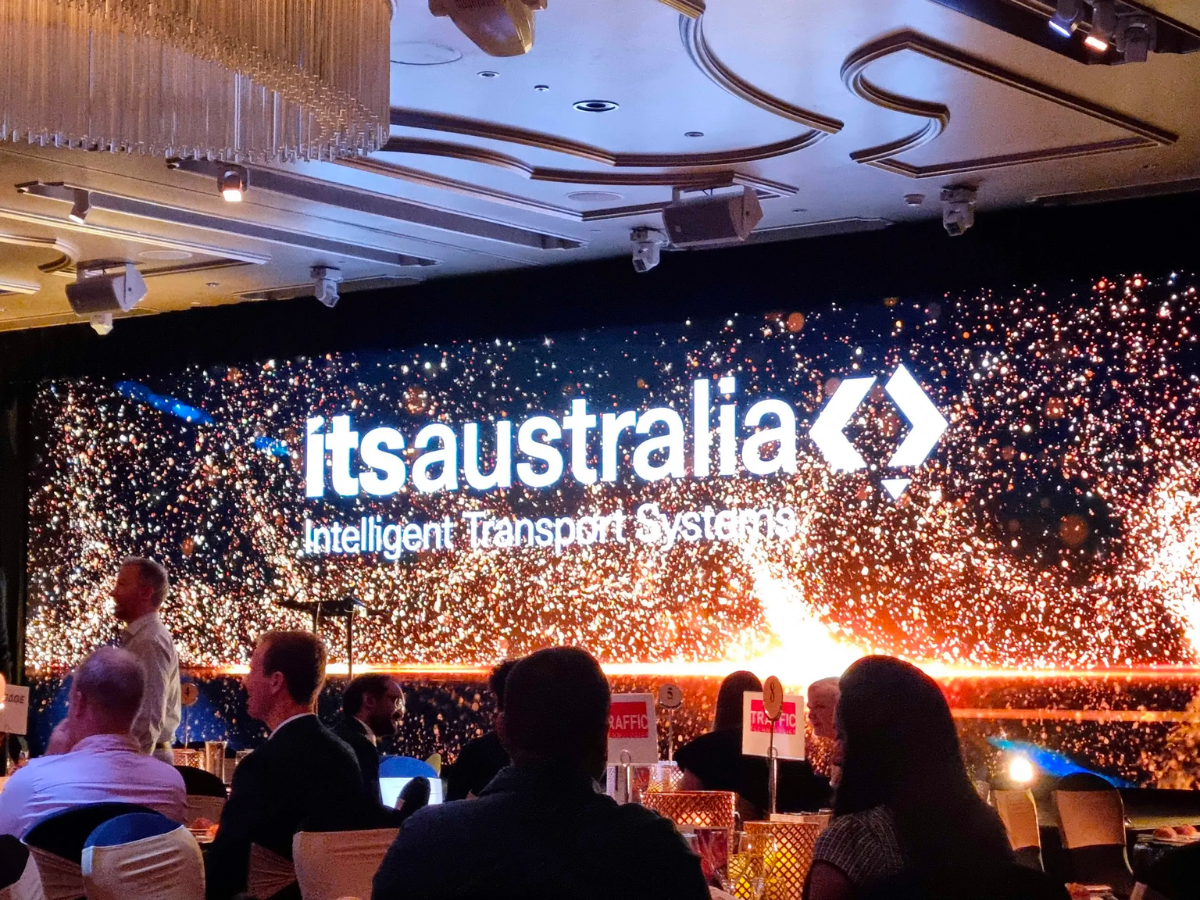The recent UK government budget cut for active travel in England comes as a massive blow, with a reported two-thirds reduction for walking, wheeling and cycling infrastructure.
This u-turn undermines its own goals to increase the numbers of people walking and cycling, remove cars from the roads, reduce carbon emissions, and cut congestion.
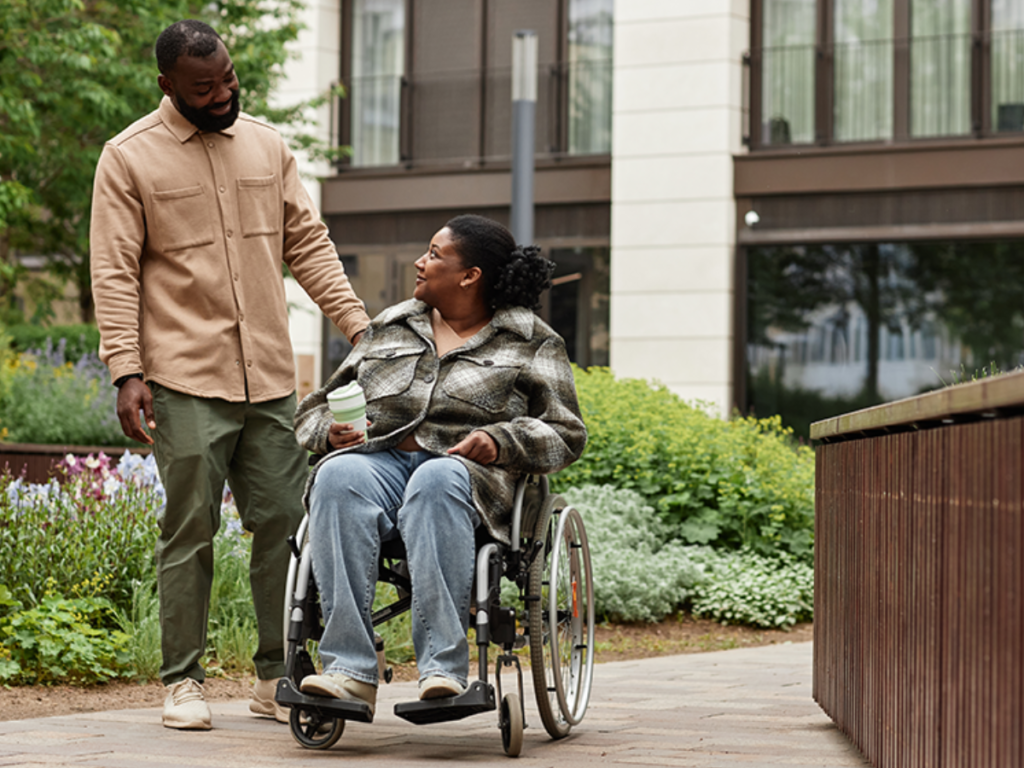
In an open letter to the Government, organisations called for the cuts to be reversed. They stated that, “People walking, wheeling and cycling took 14.6 million cars off the road in 2021. This saved 2.5 million tonnes of greenhouse gas emissions, prevented 138,000 serious long-term health conditions and avoided more than 29,000 early deaths.”
What the UK government fails to recognise is that active travel is critical for many families and individuals who can’t afford a private car or public transport. It offers the freedom to access amenities and be present in the outdoors, supporting physical activity and mental wellbeing. Many people are already facing numerous obstacles to active travel, particularly for people with limited mobility and chronic health conditions.
These cuts just make matters worse. In this article, we look at the inequality that already exists in active travel; these alone make it imperative that the budget cut should be reversed. It’s only by removing obstacles towards inclusive active travel that more people can reap the benefits and that governments can tackle some of the bigger issues it faces.
Barriers to Active Travel
Given that disability in the EU stands at 1 in 4 adults (or 87m individuals), accessibility should be at the forefront of all transport development. However, this is rarely the case with inadequate infrastructure including uneven footpaths, poor bike and wheeling routes, and few resting places. Further barriers surround public transportation that’s either inaccessible, unavailable at certain times or isn’t interconnected with active travel routes, making it difficult to rely on these modes.
Breaking down physical barriers is already a real challenge, compounded further by recent events. Sustrans, a UK charity, carried out a nationwide study which highlighted that just 12% of disabled people cycle weekly, compared to 19% of non-disabled cyclists surveyed. Sustrans owns just 2% (271 miles) of the 12,763-mile National Cycle Network, making it difficult to remove physical barriers to cycling although it works hard to make all the progress it can.
Alongside these challenges are concerns around personal safety too. Research by the European Cyclists’ Federation found that women are typically more sensitive to traffic risks when it comes to cycling. This is compounded by gender and cultural norms, as well as the fear of sexual harassment and assault when using modes such as walking, cycling and public transport at certain times of the day. Protecting safety is paramount so that everyone feels secure when engaging in active travel.
Collaboration Across Communities
It’s critical to engage with travellers from all backgrounds and demographics during the pre-planning stage and to continue throughout the whole process. In this way, transport authorities and operators can allow all voices to be heard so they can understand the wider ramifications of their decisions. The Polis webinar report, ‘Fostering active travel for disabled people’, not only highlights the need for such collaboration but also diversity within the workforce to inform critical decision-making across the mobility spectrum.
Creating open dialogue and promoting positive representation are key to addressing inequality. It provides an ideal platform for transport authorities, mobility providers, and other stakeholders to better meet accessibility needs so that built environments are more easily navigable. For instance, technology enablers can collaborate with users to ensure their tech works well with assistive technology such as screen readers, as SkedGo did with its MaaS projects for US nonprofit Feonix – Mobility Rising.
In ‘Walking for everyone: Making walking and wheeling more inclusive’, the authors call for the installation of route planning tools and audio assistance (both digital and non-digital) to help reduce language barriers and provide step-free routes. MaaS apps could support these capabilities. This would offer convenient access to people with smartphones and allow transport providers to gain anonymised data from the apps as well as direct feedback from users to improve the overall mobility experience.
Supporting Participation in Active Travel
As the Polis webinar report points out, integrated multimodal transport is essential to ensure seamless journeys – particularly when changing between modes. This entails optimally connecting public transportation with active transport, along with on-demand and door-to-door services, to guard against possible isolation and reduce dependence on cars and taxis, particularly for that first/last mile.
Making public transportation networks more accessible is a crucial step too. An increase in the availability of ramps, lowered curbs, and clear pathways, as well as quality information regarding accessible routes and travel times, lifts out-of-use, and wheelchair-friendly footpaths will help reduce the stressful experience associated with planning journeys – particularly how people can combine this with active travel.
There’s also the opportunity for services that provide adapted cycling equipment, such as recumbent bicycles, tricycles and handcycles, so individuals can travel safely and comfortably, perhaps through shared bike schemes. All of these opportunities require well-planned policies to provide improved mobility options that are adaptable, accessible, and affordable. Ultimately, it requires more investment from governments – not less – if they’re to embrace more inclusive active travel and deliver on their commitment to Net Zero.
After all, tackling inequality in active travel is essential to make our environments more liveable. It offers so many benefits, far outweighing any costs. People can save money, reduce their carbon footprint, improve their overall wellbeing, whilst traffic congestion, air pollution and carbon emissions are reduced. Such changes create healthier communities and foster a greater sense of belonging, improving everyday experiences and bringing people together regardless of background or ability. It’s high time that governments invest more in these solutions for a healthier, greener and more equitable tomorrow. If you would like to find out how MaaS could support your community, city or region, please get in touch with our team.
This article was originally published SkedGo.




